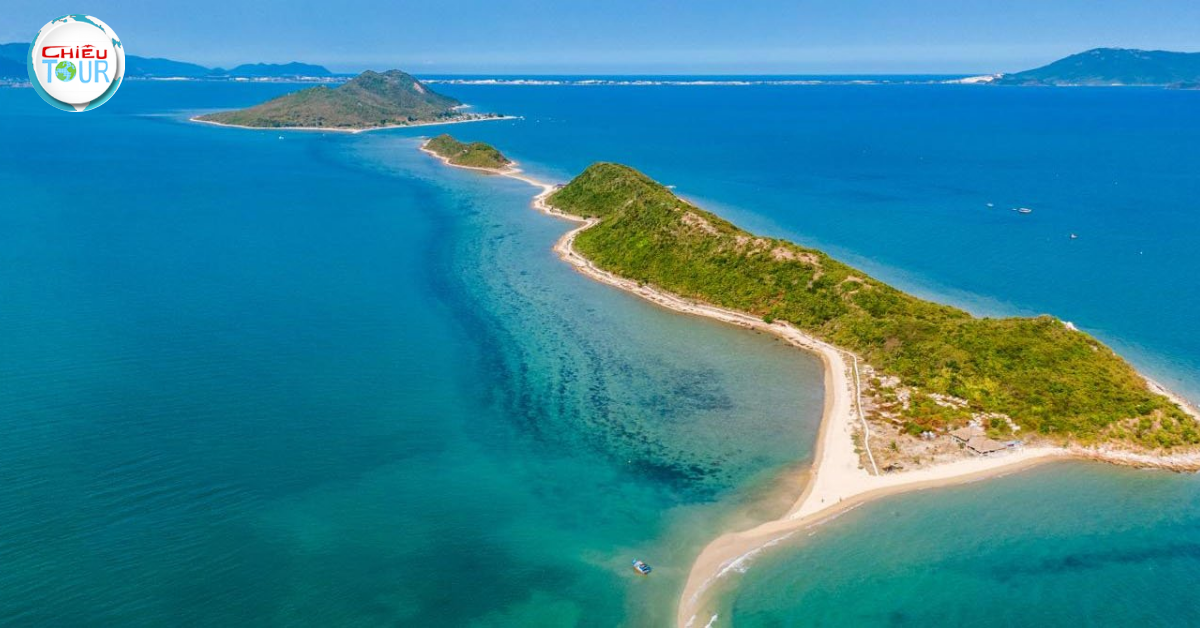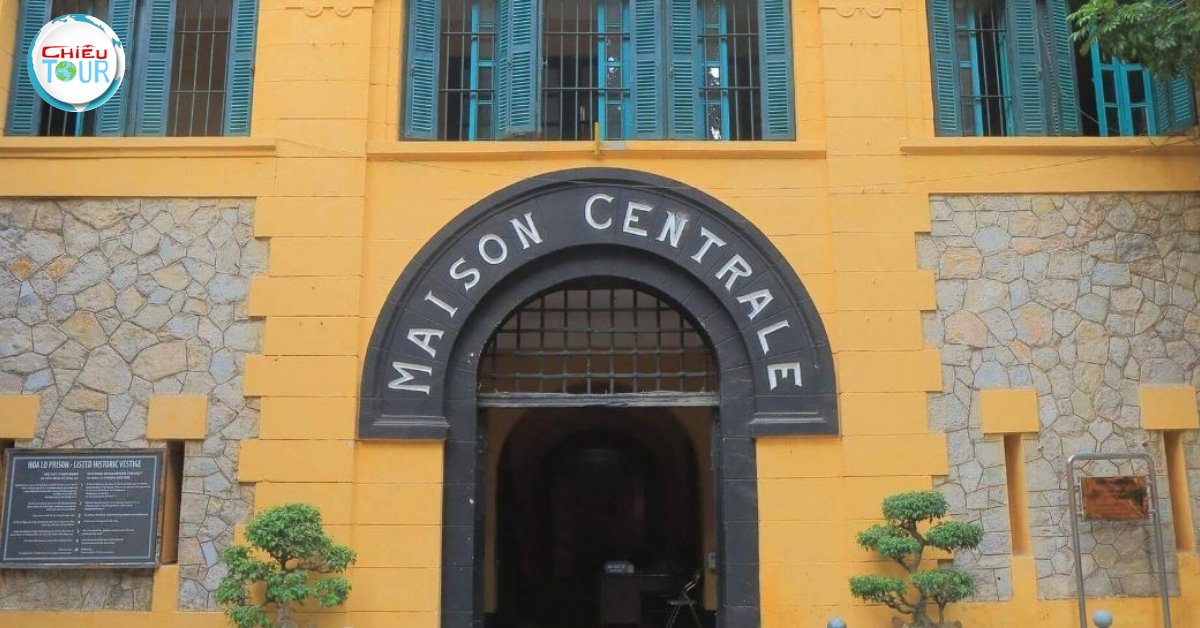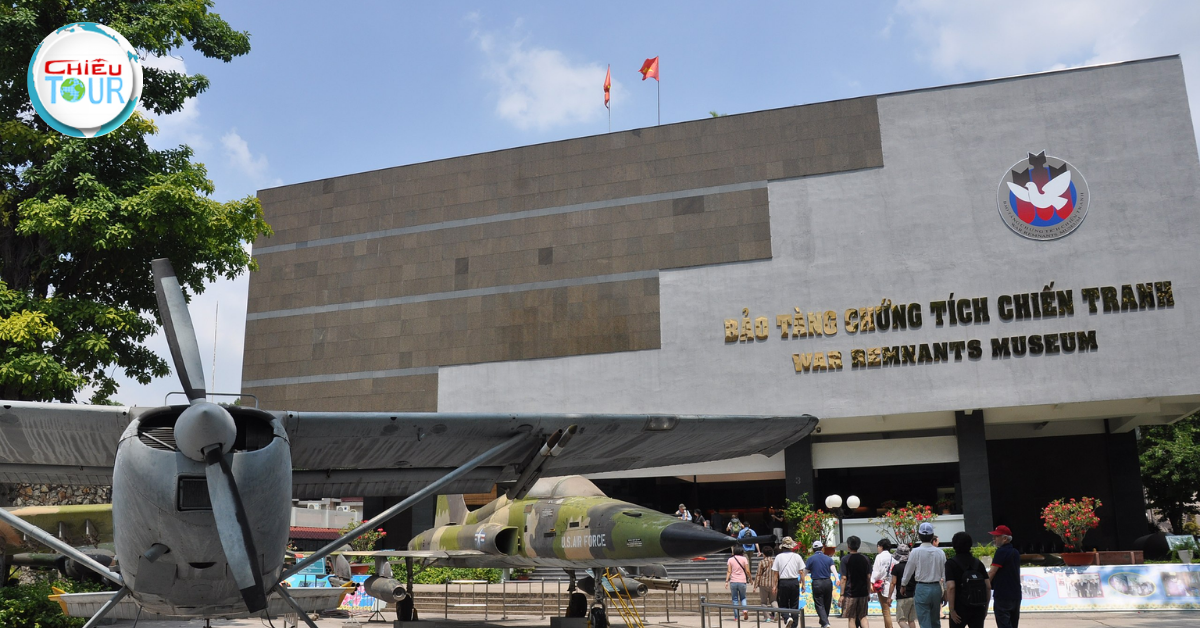Lung Cu Flag Tower – The Northernmost Point of Vietna
- Author: Admin
- | Hot destination
Nestled in the majestic Ha Giang province of northern Vietnam, the Lung Cu Flag Tower stands as a proud symbol of the nation's sovereignty and resilience. Situated at the northernmost point of the country, this iconic landmark not only represents the geographical boundary of Vietnam but also serves as a powerful reminder of its cultural and historical significance. For travelers and patriots alike, Lung Cu is more than a destination; it is a testament to Vietnam’s enduring spirit and heritage.
A Tower of Pride and Unity
The Lung Cu Flag Tower is perched atop Dragon Mountain, or Long Sơn, at an altitude of nearly 1,700 meters above sea level. The structure itself is 33 meters tall, crowned by a national flag measuring 54 square meters—symbolizing the unity of Vietnam's 54 ethnic groups. The sight of the flag waving against the backdrop of rugged mountains and an endless sky evokes a profound sense of pride and patriotism.
The tower was built as a tribute to the indomitable spirit of the Vietnamese people, particularly those who have defended the country’s borders. It is also a powerful emblem of the nation’s territorial integrity, standing as a sentinel over the land, rain or shine.

Geographical and Cultural Significance
Lung Cu is located just 3 kilometers from Vietnam’s northern border with China, making it the official "roof of Vietnam." From the base of the tower, visitors can gaze upon the vast, rolling landscapes that stretch into neighboring territories. The surrounding area is home to the Dong Van Karst Plateau, a UNESCO Global Geopark renowned for its breathtaking limestone formations and rich biodiversity.
Beyond its geographical significance, Lung Cu holds deep cultural importance. The region is home to a variety of ethnic groups, including the Hmong, Tay, and Lo Lo, who have preserved their traditional customs and way of life. The nearby Lo Lo Chai village offers visitors a glimpse into the daily lives of the Lo Lo people, who are known for their intricate embroidery and vibrant festivals.
Historical Roots of Lung Cu
The history of Lung Cu is intertwined with tales of resilience and patriotism. Legend has it that during ancient times, a drum was beaten atop Dragon Mountain to signal Vietnamese farmers of sunrise and sunset. The modern flag tower we see today was constructed in 2010, coinciding with the 1,000th anniversary of Thang Long-Hanoi, as a part of the government’s initiative to honor Vietnam’s rich history.
The tower has since become a pilgrimage site for many Vietnamese citizens who travel from across the country to pay homage to this symbol of national pride. It also attracts international visitors curious to explore the region’s unique blend of history, culture, and natural beauty.
The Journey to Lung Cu
Reaching Lung Cu is an adventure in itself. The 26-kilometer journey from Dong Van town to the flag tower winds through serpentine mountain roads, offering spectacular views of terraced rice fields, lush valleys, and charming villages. For many travelers, the journey is as memorable as the destination.
Upon arrival, visitors are greeted by a staircase leading up to the base of the tower. The climb of 389 steps may be challenging, but the reward is unparalleled: panoramic views of Ha Giang's majestic landscapes and the satisfaction of standing at the northernmost point of Vietnam.
For the truly adventurous, a trek to the top during sunrise or sunset provides a magical experience, with golden hues lighting up the surrounding mountains and valleys.
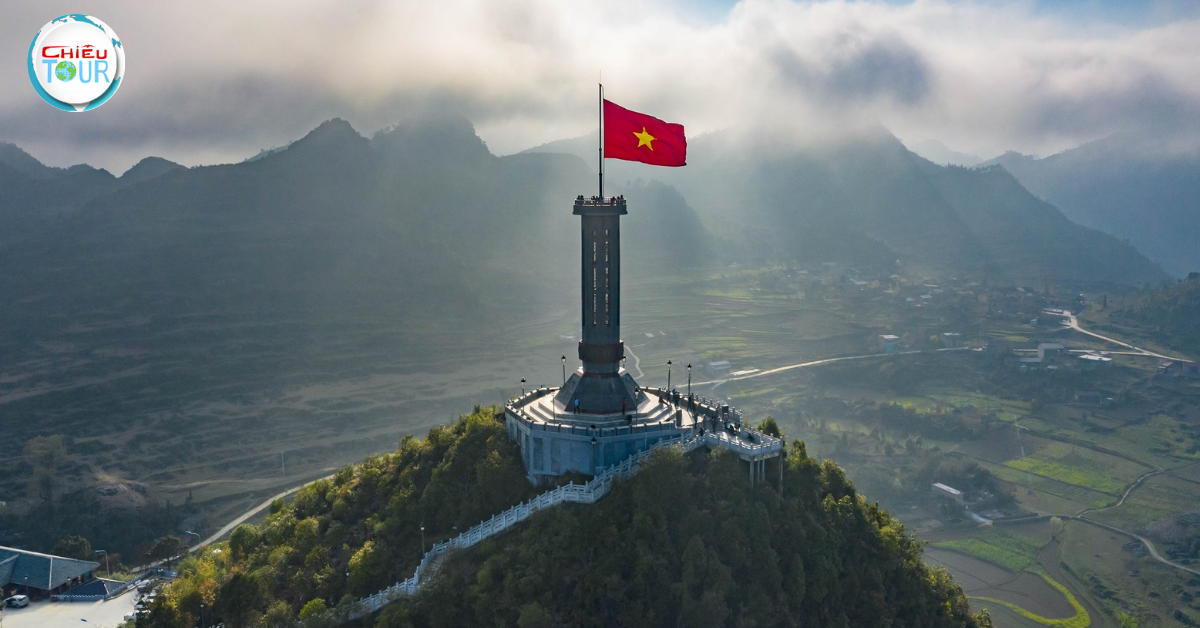
What to Do Around Lung Cu
While the Lung Cu Flag Tower is the highlight, the surrounding area offers plenty of attractions for curious travelers:
Lo Lo Chai Village
Just a stone’s throw from the flag tower, this quaint village is a treasure trove of ethnic culture. Visitors can interact with the Lo Lo people, learn about their traditions, and enjoy local delicacies such as thang co (a traditional hotpot) and corn wine.
Dong Van Karst Plateau
A geological wonderland, the plateau boasts dramatic limestone formations, hidden caves, and ancient fossils. Exploring the geopark is like stepping into a prehistoric world.
Ma Pi Leng Pass
Often hailed as one of the most beautiful mountain passes in Vietnam, Ma Pi Leng offers jaw-dropping views of the Nho Que River and surrounding cliffs. A drive or hike along this pass is a must for nature enthusiasts.
Hmong King’s Palace
Located in the nearby Dong Van district, this historic palace provides insights into the life of Vuong Chinh Duc, a local leader of the Hmong people during the early 20th century. The architecture blends traditional Hmong and Chinese influences.
Tips for Visiting Lung Cu
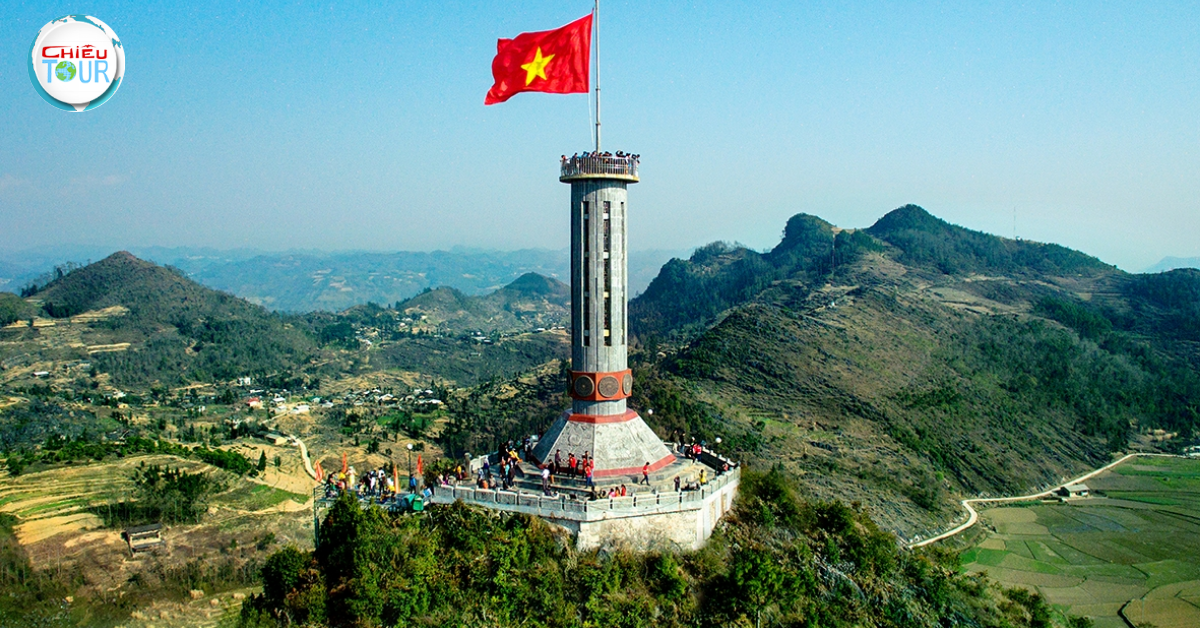
- Best Time to Visit: The best months to visit Lung Cu are from September to November and March to May, when the weather is mild and the landscapes are at their most vibrant.
- Clothing: Wear comfortable clothing and sturdy shoes, as the climb to the tower can be steep and uneven.
- Transportation: Renting a motorbike is a popular and convenient way to explore Ha Giang. However, inexperienced riders may prefer to hire a local guide or join a tour.
- Respect Local Culture: While visiting ethnic villages, it is important to respect local customs and ask for permission before taking photographs.
The Spirit of Lung Cu
Standing at the Lung Cu Flag Tower, visitors are not merely witnessing a geographical landmark; they are experiencing the spirit of Vietnam. The tower is a poignant reminder of the country’s journey through history, its diverse cultural tapestry, and its unwavering determination to protect its sovereignty.
For Vietnamese citizens, Lung Cu embodies a deep sense of national pride. For international travelers, it offers a unique opportunity to connect with the heart of Vietnam, both geographically and emotionally.
In the end, Lung Cu Flag Tower is not just a northernmost point; it is a beacon of unity, pride, and hope that continues to inspire all who visit.
 Vietnam
Vietnam 
